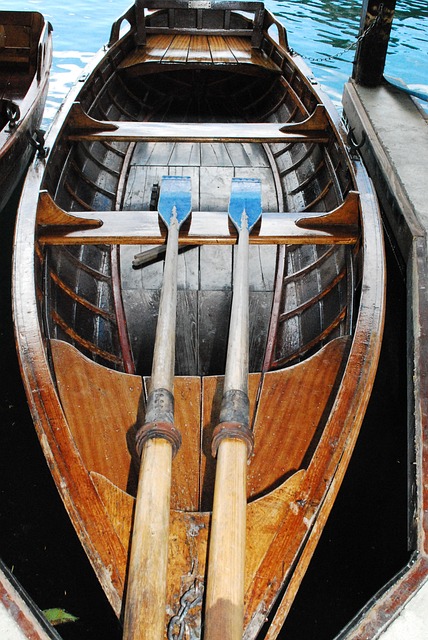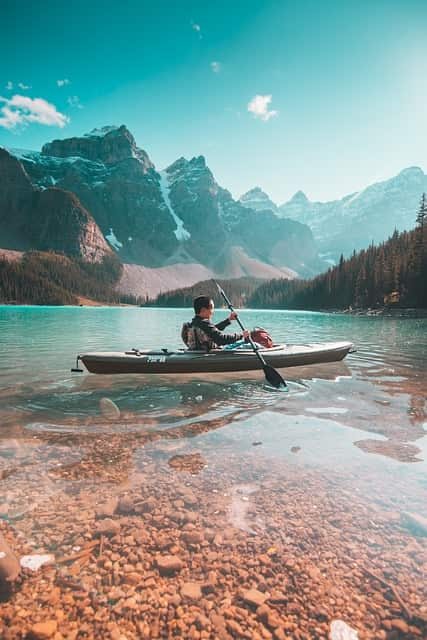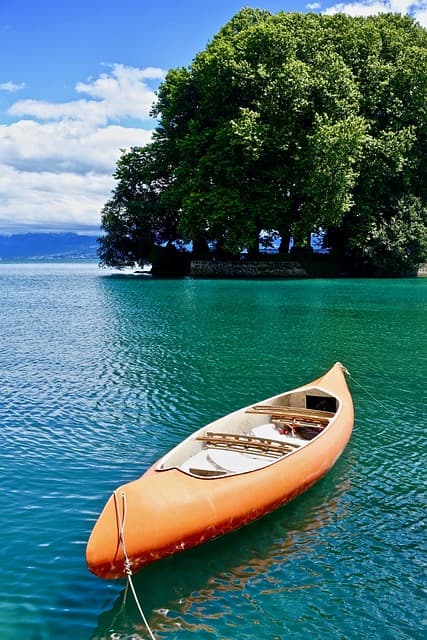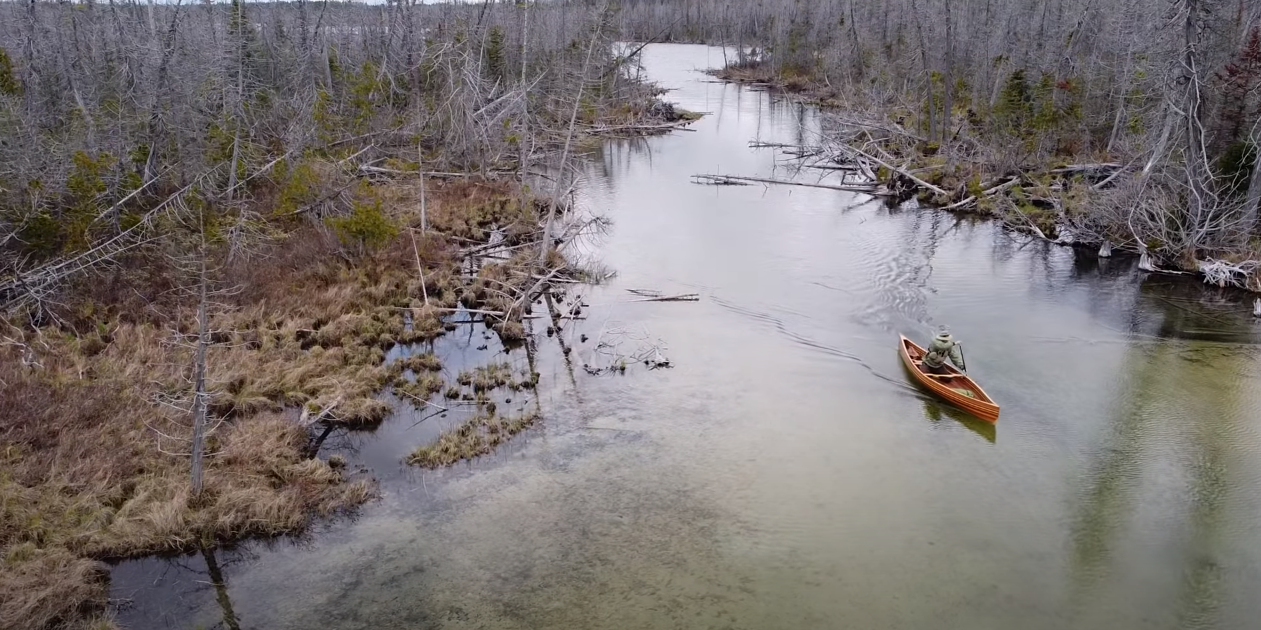Whether you’re looking to explore serene lakes, venture down calm rivers, or embark on exciting outdoor adventures, canoeing provides an excellent opportunity to connect with nature and enjoy the water. For beginners, stepping into the world of canoeing might seem a bit overwhelming at first, but with the right guidance and a sense of adventure, you can quickly become a confident paddler. In this article, we’ll cover the basics of beginner canoeing, from choosing the right canoe to essential gear, basic techniques, safety tips, and frequently asked questions.
Choosing the Right Canoe
Selecting the right canoe is crucial for a comfortable and enjoyable experience on the water. Here are some key factors to consider:
1. The Canoe’s Genre: Paddle in Purpose
Canoes, like the varied landscapes they traverse, come in a spectrum of types, each meticulously engineered for distinct activities. Uncover the perfect fit for your aquatic aspirations:
- Recreational Canoes: Suited for tranquil waters and leisurely escapades. A tranquil glide across a calm lake or a meandering river awaits;
- Touring Canoes: Seamlessly engineered for extended journeys, these canoes are optimized for tracking. They gracefully slice through waters, beckoning you towards distant horizons;
- Expedition Canoes: If your voyages encompass rugged terrains and formidable conditions, these robust vessels are your companions. Designed to shoulder hefty loads, they brave tumultuous waters with resilience.
2. Material Musings: Crafting the Canoe’s Essence
The choice of canoe material is a symphony of durability, weight, and cost. Each material composition unfurls a unique tale:
| Material | Pros | Cons |
|---|---|---|
| Aluminum | Stalwart; resists bumps and scrapes | Weighty; conducts temperature |
| Fiberglass | Featherlight; glides swiftly | Vulnerable to cracks and punctures |
| Polyethylene | Indestructible; minimal maintenance | Hefty; might not track as smoothly |
3. Size and Seating: Crafting Comfort Amidst Waves
Visualize your aquatic companions and cargo as you ponder canoe dimensions. The vessel should accommodate both people and provisions seamlessly. Consider:
- Seating Configuration: Opt for solo, tandem, or family-sized seating setups, ensuring an arrangement that complements your entourage;
- Load Capacity: Gauge the combined weight of passengers and gear, adhering to the canoe’s weight limits for optimal buoyancy.
4. Stability vs. Speed: Striking a Harmonious Balance
The tussle between stability and speed is akin to the water’s ebb and flow. Delve into this conundrum as you decide on your canoe’s character:
- Stability: An attribute cherished by beginners, stability grants reassurance on unfamiliar waters, enhancing the paddling learning curve;
- Speed: If your aquatic ambition inclines towards swift pursuits, trading some stability for velocity could be a tantalizing compromise.
Essential Canoeing Gear
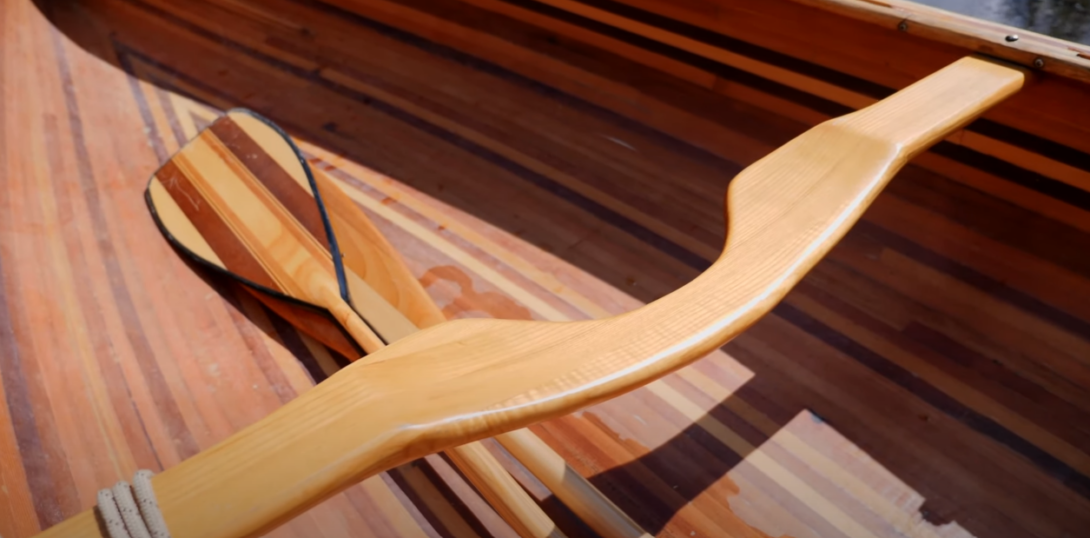
Equipping yourself with the right gear ensures a safe and enjoyable canoeing experience. Here’s a checklist of essentials:
| Gear | Description |
|---|---|
| Paddle | Choose a paddle with the right length and blade type |
| Personal Flotation Device (PFD) | A properly fitting PFD is essential |
| Canoe Seats | Some canoes come with built-in seats; otherwise, consider installing cushioned seats |
| Dry Bags | Keep your belongings dry with waterproof bags |
| Sun Protection | Hats, sunglasses, and sunscreen are essential |
| Navigation Tools | Maps, compass, and GPS for safe navigation |
| Safety Kit | Whistle, flashlight, and basic first aid supplies |
Basic Canoeing Techniques
Before you hit the water, it’s important to understand some basic paddling techniques:
Seating
Picture this: you’re seated in the canoe, your heart connected to the pulse of the water. Achieving the perfect balance between comfort and posture is your compass here:
- Seating Posture: Grace the canoe’s seat with a poised back and slightly flexed knees. This posture bestows stability while inviting comfort, a harmony that dances with the water’s cadence.
2. Grip and Strokes
Your paddle becomes an extension of your intent, a brush that paints the canvas of water. The ballet of grip and strokes begins:
- Paddle Grip: A dance of balance between hands. Hold the paddle with one hand gripping the top (grip) and the other hand positioned on the shaft. Allow this balance to amplify your paddle control;
- Basic Strokes: Converse with the water using strokes that mirror your desires. The forward stroke propels you ahead, the backward stroke retraces your steps, and the sweep stroke unveils graceful arcs, embracing the art of turning.
3. Paddling Sides
In the symphony of tandem canoeing, harmony emanates from communication. Sync with your partner to maintain equilibrium:
- Partner Coordination: Harmonize your strokes with your partner’s rhythm. If gliding solo, waltz through the waters by alternating paddling sides to fend off the fatigue that might dare to surface.
4. J Stroke
Amidst the tranquil expanse, the J stroke orchestrates your course, uniting the symphony of your strokes:
- J Stroke Technique: The maestro’s twist. Employ a subtle wrist rotation at the end of each stroke. The paddle traces a J shape, correcting the canoe’s trajectory and propelling you towards the compass of straight waters.
5. Stopping and Reversing
The canvas of water, though captivating, might require moments of stillness or reversal. Techniques to pause and shift are at your fingertips:
- Reverse Stroke: To halt your onward dance, engage the reverse stroke. Apply pressure against the water’s grain, coaxing the canoe to an eloquent pause;
- Drag and Halt: An impromptu brushstroke. Drag the paddle’s edge in the water, embracing resistance. Feel the tempo diminish as you ease into a serene pause.
Safety First: Canoeing Safety Tips
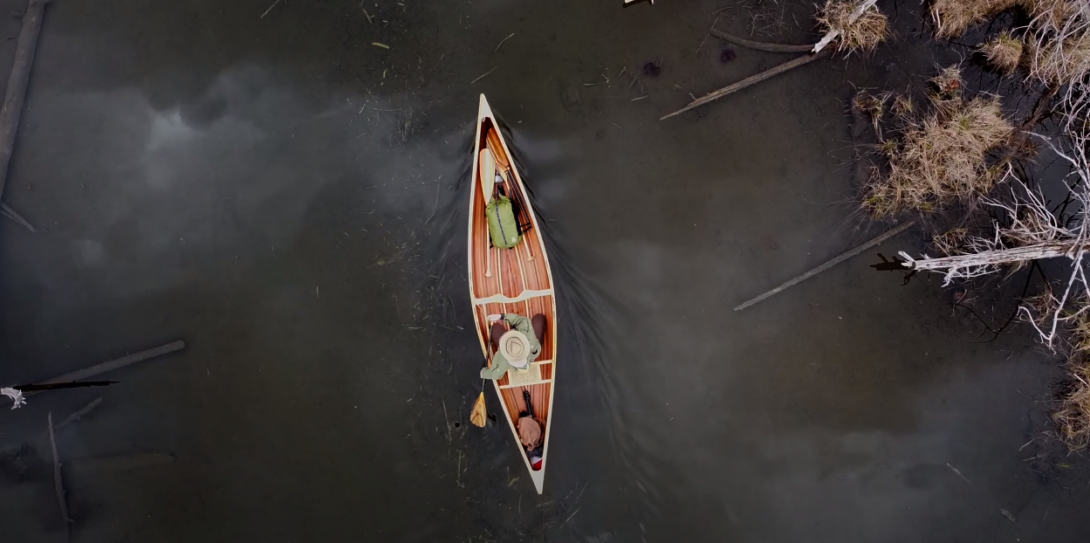
Safety should always be a priority when canoeing. Here are some important safety tips to keep in mind:
- Wear Your PFD: Always wear a properly fitted personal flotation device (PFD) when on the water. It’s a crucial safety measure;
- Check Weather and Water Conditions: Before heading out, check the weather forecast and the condition of the water. Avoid paddling in rough waters or during storms;
- Stay Hydrated: Bring enough water to stay hydrated throughout your journey, especially on hot days;
- Learn Basic Rescue Techniques: Familiarize yourself with self-rescue and buddy-rescue techniques in case of accidental capsizing;
- Notify Someone: Inform a friend or family member about your paddling plans, including your route and expected return time;
- Pack Essential Safety Gear: Carry a whistle, flashlight, and basic first aid supplies in case of emergencies.
Conclusion
Beginning your canoeing journey opens up a world of adventure and relaxation on the water. With the right equipment, techniques, and safety measures in place, you’ll be well on your way to becoming a skilled paddler. Remember to start with calm waters, practice your strokes, and always prioritize safety. If you’re looking for a visual guide to accompany this article, check out this informative video:
FAQ
While it’s recommended to paddle with a partner, experienced paddlers can canoe alone. However, beginners should start with a partner for added safety.
To turn the canoe, use a sweep stroke – a wide, sweeping motion away from the canoe on the side you want to turn towards.
Yes, many dogs enjoy canoe trips. Make sure your dog is comfortable around water and wears a dog-specific PFD for safety.
Beginners should start with calm waters such as lakes or slow-moving rivers to build confidence and skills before tackling more challenging conditions.
Canoes can be transported on car roof racks or trailers. Ensure it’s securely tied down to prevent accidents during transit.
